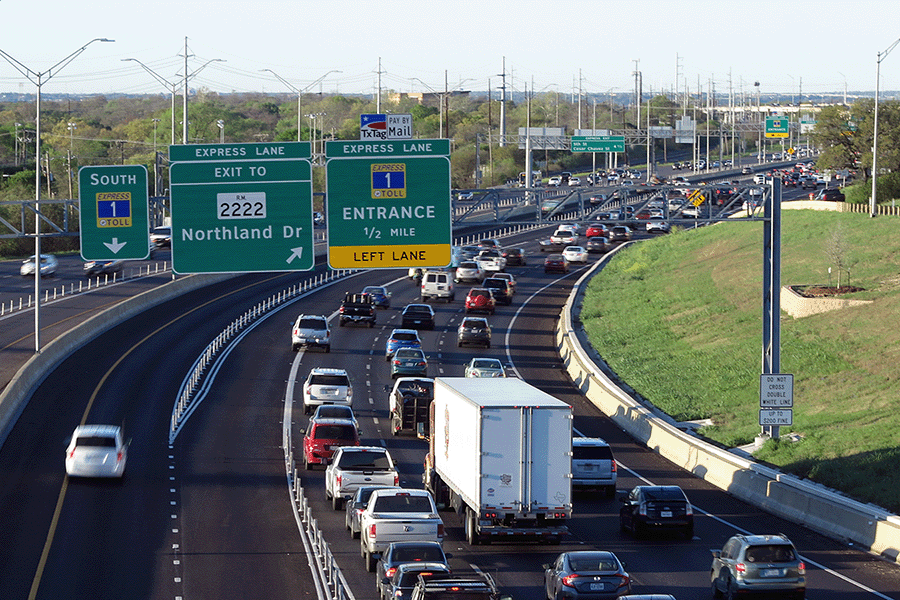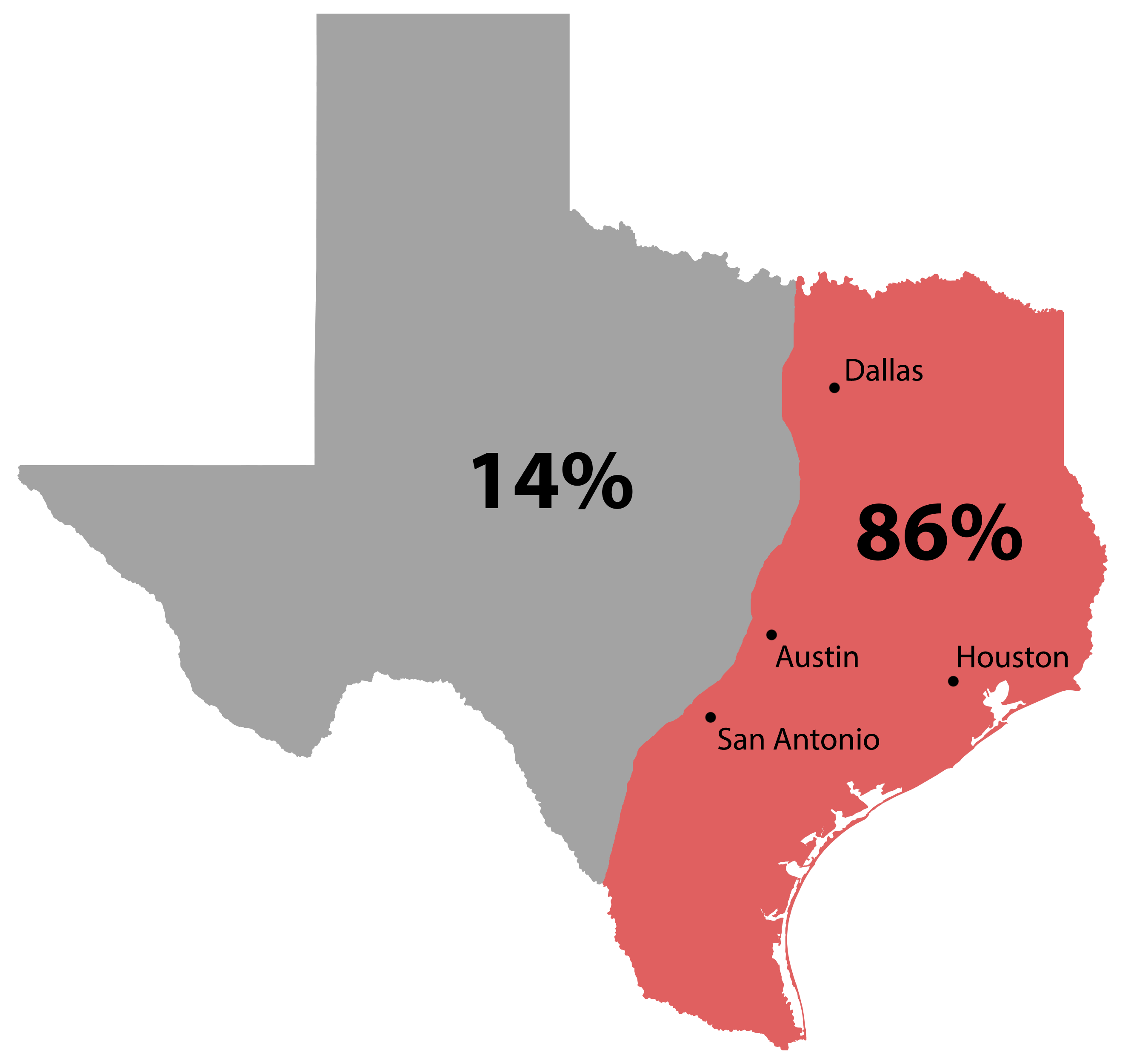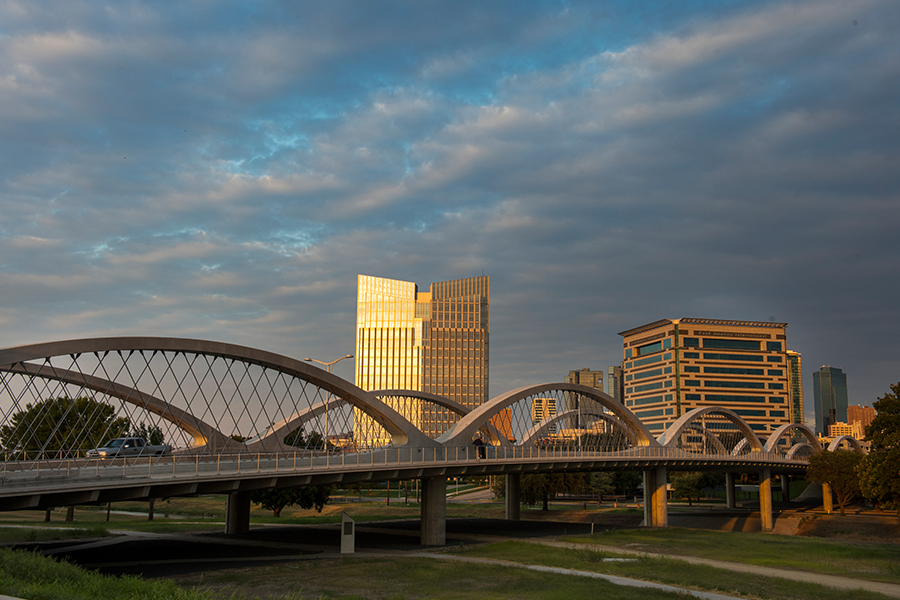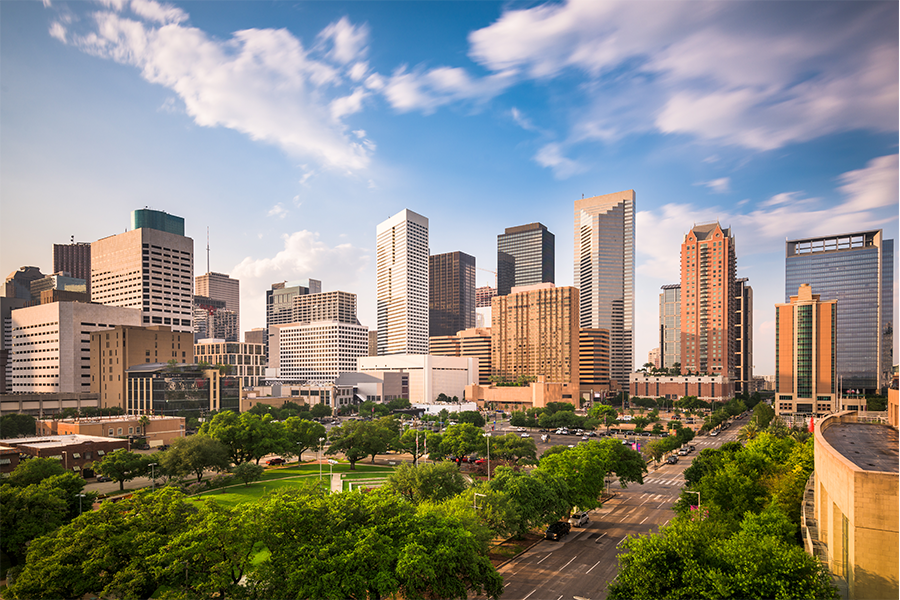Why is traffic congestion getting worse? The answer seems obvious. Every day there are more vehicles on our roadways causing delays as people travel toward various destinations.

Texas's strong economy has generated unprecedented population growth. According to the US Census Bureau, Texas adds approximately 1,100 people daily which results in more vehicles on Texas roadways. The result is that the average freeway traveler must allow almost twice the expected trip duration to ensure dependable arrival for time-sensitive responsibilities like medical appointments, daycare pickup, and airline flights. Instead of the 20 minutes needed in light traffic, it's best to plan a 34-minute trip. Furthermore:
- The number of hours per commuter lost to traffic delay has nearly tripled, climbing to 54 hours a year.
- The annual cost of that delay per commuter has nearly doubled to $1,080.
- The nationwide cost of gridlock has grown more than tenfold to $179 billion a year.
- The amount of fuel wasted in stalled traffic has more than tripled to 3.3 billion gallons a year.
The cost
Traffic congestion leads to more problems than just traffic jams. Traffic congestion creates a ripple effect that impacts nearly every aspect of our lives, whether we drive or not. Where we live, where we work, where we shop and where we play are all affected by traffic congestion.
More time on the highway means less time with family and friends. Extra time on the road is a drain on our patience, wallets, and our health. Left unchecked, gridlock chokes the environment, our economy, and our quality of life. Texas leadership, the Transportation Commission, and TxDOT are committed to addressing this serious issue.

Source: U.S. Census Bureau
86 percent of Texans live in counties along and to the east of Interstate 35 according to the State Demographic Center.
Population Distribution Map
Data Source: Texas Demographic Center
According to a TTI study, growth-induced traffic gridlock is worsening every year. The research includes a list of the Top 100 congested roads in addition to an examination of nearly 1,800 roads across our state.
Austin, Dallas, Fort Worth, Houston, and San Antonio represent more than 65 percent of the state's population. It is estimated that by 2050, these metropolitan areas may comprise nearly 74 percent of the state population. They are also home to 92 of the “Top 100” most congested roadway segments in the state.
Texas Clear Lanes is a statewide strategic plan to provide congestion relief through non-tolled roads and is focused on five major metro areas: Austin, Dallas, Fort Worth, Houston, and San Antonio.




